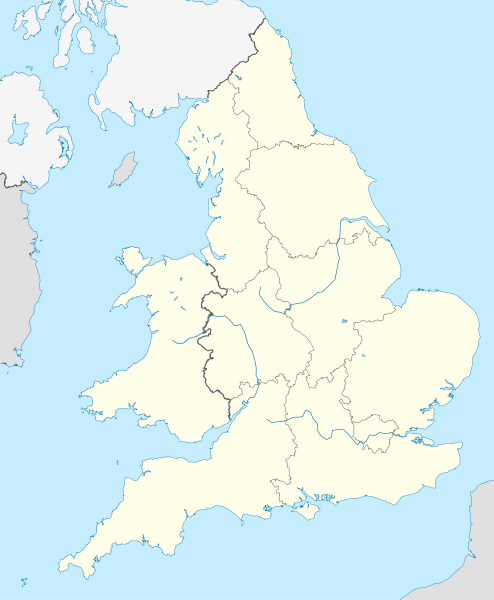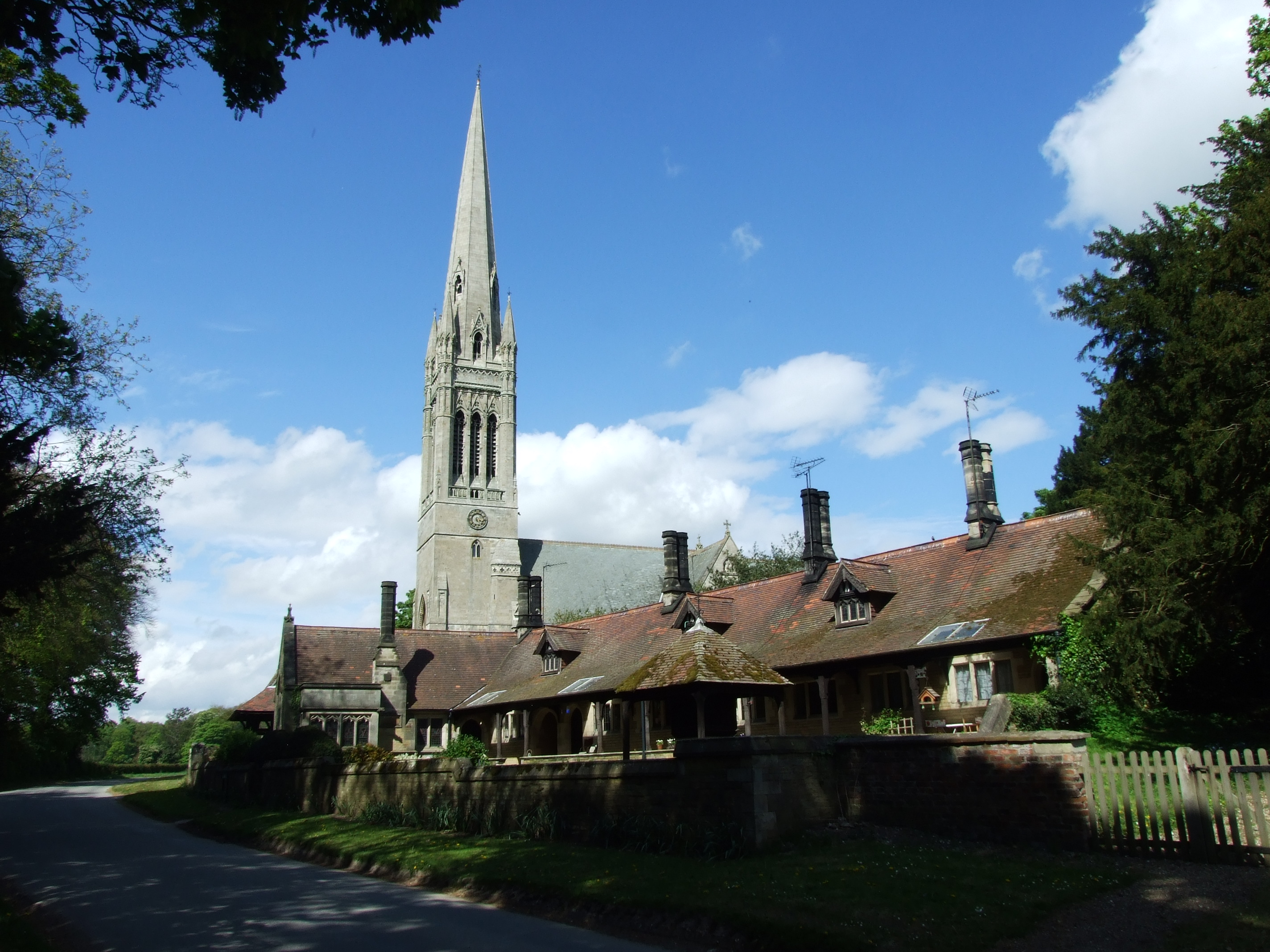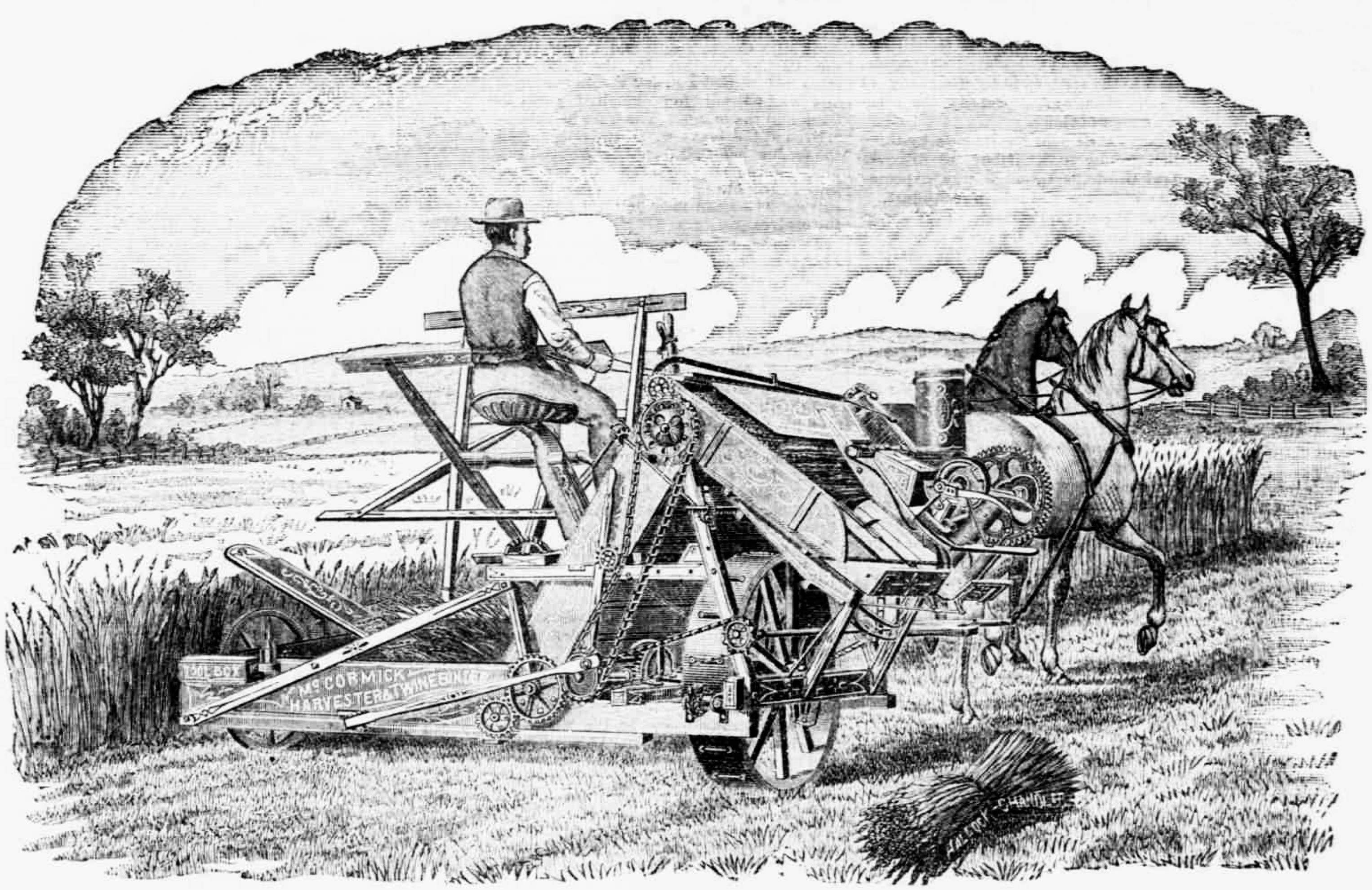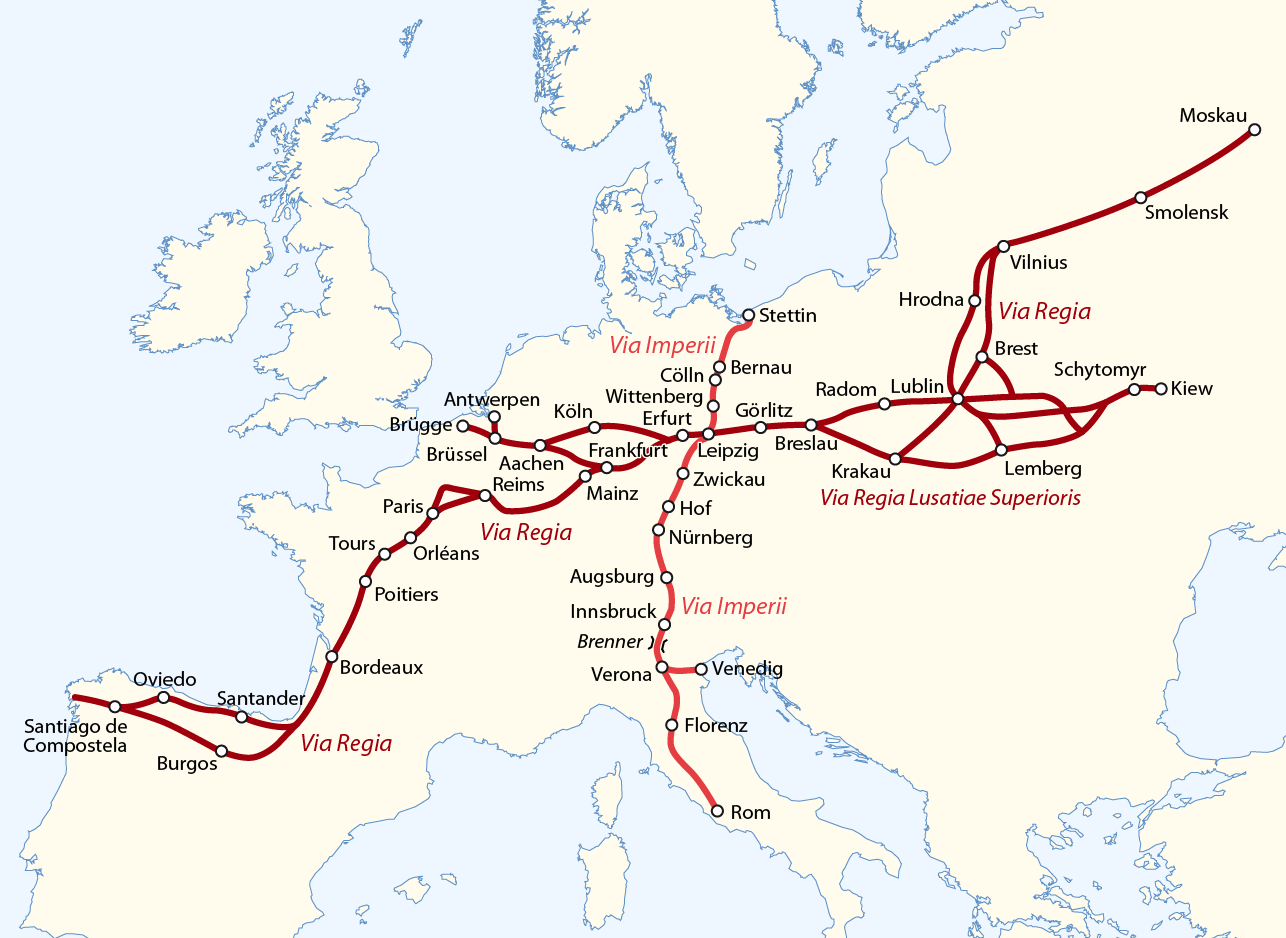|
Freeland, Oxfordshire
Freeland is a village and civil parish about northeast of Witney in Oxfordshire. The 2021 Census recorded the parish population as 1,490. History Freeland village began as part of the parish of Eynsham. Its toponym is derived from the common Old English word , meaning a wood. In 1150 the Abbot of Eynsham granted land called ''terra de Frithe'' to one Nicholas of Leigh. "Frith Wood" later evolved into "Thrift Coppice" and by 1241 several people were living there. Freeland developed from a medieval freehold, probably on the site of Elm Farm. The freehold farm was called Frithlands by the 16th century and had been joined by at least two other cottages before 1650. there were something less than a dozen cottages at Freeland by 1762. The enclosure of the parish of Eynsham was resisted by rioting in the north of the parish around Barnard Gate and Freeland in 1780 but was eventually carried out in 1784. The Roslyn house was established in 1738 and reputed to have been a 19th-cent ... [...More Info...] [...Related Items...] OR: [Wikipedia] [Google] [Baidu] |
United Kingdom Census 2021
The decennial 2021 censuses of England and Wales and of Northern Ireland took place on 21 March 2021, and the census of Scotland took place on 20 March 2022. The censuses were administered by the Office for National Statistics (ONS) in England and Wales, by the Northern Ireland Statistics and Research Agency (NISRA) in Northern Ireland, and by the National Records of Scotland in Scotland. These were the first British censuses for which most of the data was gathered online, and two of them went ahead despite the COVID-19 pandemic, in part because the information obtained will assist government and public understanding of the pandemic's impact. Enumeration in Scotland was postponed, and took place in 2022, the plans for it having been delayed because of the pandemic. The censuses in 2021 and 2022 follows on from Beyond 2011, a project by the UK Statistics Authority to assess the value, cost, and alternatives to a census in 2021. The project recommended a census in 2021, and amongst ... [...More Info...] [...Related Items...] OR: [Wikipedia] [Google] [Baidu] |
Greene King Brewery
Greene King is a large pub retailer and brewer. It is based in Bury St Edmunds, Suffolk, England. The company owns pubs, restaurants and hotels. It was listed on the London Stock Exchange until it was acquired by CK Assets in October 2019. History The brewery was founded by Benjamin Greene in Bury St. Edmunds in 1799. In Richard Wilson's biographical analysis of the Greene family, he credits various family members for being able to achieve distinction in the worlds of business and banking, literature (Graham Greene, for example) and broadcasting in the nineteenth and twentieth centuries.' In 1836 Edward Greene took over the business and in 1887 it merged with Frederick William King's brewing business to create Greene King. Greene King has grown via mergers and acquisitions, including Rayments Brewery (1961), the Magic Pub Company (1996), Hungry Horse (1996), Morland Brewery (1999), Old English Inns (2001), Morrells (2002), a large part of the Laurel Pub Company (2004), Rid ... [...More Info...] [...Related Items...] OR: [Wikipedia] [Google] [Baidu] |
Mary (mother Of Jesus)
Mary; arc, ܡܪܝܡ, translit=Mariam; ar, مريم, translit=Maryam; grc, Μαρία, translit=María; la, Maria; cop, Ⲙⲁⲣⲓⲁ, translit=Maria was a first-century Jewish woman of Nazareth, the wife of Joseph and the mother of Jesus. She is a central figure of Christianity, venerated under various titles such as virgin or queen, many of them mentioned in the Litany of Loreto. The Eastern and Oriental Orthodox, Church of the East, Catholic, Anglican, and Lutheran churches believe that Mary, as mother of Jesus, is the Mother of God. Other Protestant views on Mary vary, with some holding her to have considerably lesser status. The New Testament of the Bible provides the earliest documented references to Mary by name, mainly in the canonical Gospels. She is described as a young virgin who was chosen by God to conceive Jesus through the Holy Spirit. After giving birth to Jesus in Bethlehem, she raised him in the city of Nazareth in Galilee, and was in Jerusal ... [...More Info...] [...Related Items...] OR: [Wikipedia] [Google] [Baidu] |
Church Of England Parish Church
A parish church in the Church of England is the church which acts as the religious centre for the people within each Church of England parish (the smallest and most basic Church of England administrative unit; since the 19th century sometimes called the ecclesiastical parish, to avoid confusion with the civil parish which many towns and villages have). Parishes in England In England, there are parish churches for both the Church of England and the Roman Catholic Church. References to a "parish church", without mention of a denomination, will, however, usually be to those of the Church of England due to its status as the Established Church. This is generally true also for Wales, although the Church in Wales is dis-established. The Church of England is made up of parishes, each one forming part of a diocese. Almost every part of England is within both a parish and a diocese (there are very few non-parochial areas and some parishes not in dioceses). These ecclesiastical parishes ... [...More Info...] [...Related Items...] OR: [Wikipedia] [Google] [Baidu] |
John Loughborough Pearson
John Loughborough Pearson (5 July 1817 – 11 December 1897) was a British Gothic Revival architect renowned for his work on churches and cathedrals. Pearson revived and practised largely the art of vaulting, and acquired in it a proficiency unrivalled in his generation. He worked on at least 210 ecclesiastical buildings in England alone in a career spanning 54 years. Early life and education Pearson was born in Brussels on 5 July 1817. He was the son of William Pearson, etcher, of Durham, and was brought up there. At the age of fourteen, he was articled to Ignatius Bonomi, architect, of Durham, whose clergy clientele helped stimulate Pearson's long association with religious architecture, particularly of the Gothic style. He soon moved to London, where he became a pupil of Philip Hardwick (1792–1870), architect of the Euston Arch and Lincoln's Inn. Pearson lived in central London at 13 Mansfield Street (where a blue plaque commemorates him), and he was awarded the RIBA R ... [...More Info...] [...Related Items...] OR: [Wikipedia] [Google] [Baidu] |
Methodist Church Of Great Britain
The Methodist Church of Great Britain is a Protestantism, Protestant List of Christian denominations, Christian denomination in Britain, and the mother church to Methodism, Methodists worldwide. It participates in the World Methodist Council, and the World Council of Churches among other ecumenical associations. Methodism began primarily through the work of John Wesley (1703–1791), who led an evangelical Christian revival, revival in 18th-century Britain. An Anglican priest, Wesley adopted unconventional and controversial practices, such as open-air preaching, to reach factory labourers and newly urbanised masses uprooted from their traditional village culture at the start of the Industrial Revolution. His preaching centred upon the universality of God's Grace in Christianity, grace for all, the Sanctification, transforming effect of faith on character, and the possibility of Christian perfection, perfection in love during this life. He organised the new converts locally and in ... [...More Info...] [...Related Items...] OR: [Wikipedia] [Google] [Baidu] |
Wesleyan Methodist Church (Great Britain)
The Wesleyan Methodist Church (also named the Wesleyan Methodist Connexion) was the majority Methodist movement in England following its split from the Church of England after the death of John Wesley and the appearance of parallel Methodist movements. The word ''Wesleyan'' in the title differentiated it from the Welsh Calvinistic Methodists (who were a majority of the Methodists in Wales) and from the Primitive Methodist movement, which separated from the Wesleyans in 1807. The Wesleyan Methodist Church followed the Wesleys in holding to an Arminian theology, in contrast to the Calvinism held by George Whitefield George Whitefield (; 30 September 1770), also known as George Whitfield, was an Anglican cleric and evangelist who was one of the founders of Methodism and the evangelical movement. Born in Gloucester, he matriculated at Pembroke College at th ..., by Selina Hastings (founder of the Countess of Huntingdon's Connexion), and by Howell Harris and Daniel Rowland (pre ... [...More Info...] [...Related Items...] OR: [Wikipedia] [Google] [Baidu] |
Freeland WesleyanChapel
Freeland may refer to: Places Canada *Freeland, Prince Edward Island United Kingdom *Freeland, Oxfordshire United States *Freeland, Maryland *Freeland, Michigan *Freeland, Ohio *Freeland, Pennsylvania *Freeland, Washington Other uses *Freeland (surname) *''Freeland'', the English title of the Utopian 1890 novel ''Freiland'' by Theodor Hertzka *''Freeland'', a 2020 film directed by Mario Furloni and Kate McLean *Freeland, the attributed artist name of Adam Freeland, an English musician and producer *Freeland, a city where the 2018 CW series ''Black Lightning'' takes place *Virtual State of Freeland, a virtual state in the Russian animated web series ''Mr. Freeman'' *Freeland Foundation The Freeland Foundation (rendered FREELAND Foundation by the foundation) is an international NGO headquartered in Bangkok which works in Asia on environmental conservation and on human rights. The organization intends to stop wildlife and human ..., an international NGO concerned with envir ... [...More Info...] [...Related Items...] OR: [Wikipedia] [Google] [Baidu] |
The Oxfordshire Yeoman Public House, Freeland, Oxfordshire, Great Britain
''The'' () is a grammatical article in English, denoting persons or things already mentioned, under discussion, implied or otherwise presumed familiar to listeners, readers, or speakers. It is the definite article in English. ''The'' is the most frequently used word in the English language; studies and analyses of texts have found it to account for seven percent of all printed English-language words. It is derived from gendered articles in Old English which combined in Middle English and now has a single form used with pronouns of any gender. The word can be used with both singular and plural nouns, and with a noun that starts with any letter. This is different from many other languages, which have different forms of the definite article for different genders or numbers. Pronunciation In most dialects, "the" is pronounced as (with the voiced dental fricative followed by a schwa) when followed by a consonant sound, and as (homophone of pronoun ''thee'') when followed by a v ... [...More Info...] [...Related Items...] OR: [Wikipedia] [Google] [Baidu] |
Great Depression Of British Agriculture
The Great Depression of British Agriculture occurred during the late nineteenth century and is usually dated from 1873 to 1896. Contemporaneous with the global Long Depression, Britain's agricultural depression was caused by the dramatic fall in grain prices that followed the opening up of the American prairies to cultivation in the 1870s and the advent of cheap transportation with the rise of steamships. British agriculture did not recover from this depression until after the Second World War. Other countries in Western Europe such as the Netherlands experienced the same agricultural crisis (1878–1895) as a result of the market being flooded by cheap grain from the United States and Canada.Encarta-encyclopedie Winkler Prins (1993–2002) s.v. "landbouwpolitiek § geschiedenis", "Leeuwarden §3. geschiedenis". Microsoft Corporation/Het Spectrum. Background In 1846 Parliament repealed the Corn Laws, which had imposed a tariff on imported grain, and thereby ''de facto'' instituted ... [...More Info...] [...Related Items...] OR: [Wikipedia] [Google] [Baidu] |
Charlbury
Charlbury () is a town and civil parish in the Evenlode Evenlode is a village and civil parish ( ONS Code 23UC051) in the Cotswold District of eastern Gloucestershire in England. Evenlode is bordered by the Gloucestershire parishes of Moreton-in-Marsh to the northwest, Longborough and Donnington to ... valley, about north of Witney in the West Oxfordshire district of Oxfordshire, England. It is on the edge of Wychwood, Wychwood Forest and the Cotswolds. The United Kingdom Census 2011, 2011 Census recorded the parish's population as 2,830. Place name Toponymy, Toponymic evidence suggests that Charlbury was an Anglo-Saxons, Anglo-Saxon settlement from an early date, and may be associated with 'Faerpinga in Middelenglum' listed in the Tribal Hidage of the 7th to 9th centuries. The name is a compound of two Old English elements. ''Burh'' is a fortified place. ''Ceorl'' (probably pronounced ) is a "freeman of the lowest class", but other sources suggest it was also a personal ... [...More Info...] [...Related Items...] OR: [Wikipedia] [Google] [Baidu] |
Via Regia
The Via Regia (Royal Highway) is a European Cultural Route following the route of the historic road of the Middle Ages. There were many such ''viae regiae'' associated with the king in the medieval Holy Roman Empire. History Origins The Via Regia ran west–east through the centre of the Holy Roman Empire, from the Rhine at Mainz-Kastel (''Elisabethenstraße'') to Frankfurt am Main, trade city and site of the election of the King of the Romans, continuing along Hanau, the ''Kaiserpfalz'' at Gelnhausen, the towns of Steinau an der Straße, Neuhof, Fulda and Eisenach to Erfurt, a centre of woad production. It ran further eastwards to Eckartsberga, crossing the Saale river between Bad Kösen and Naumburg and reached Leipzig, another trade city. The eastern part continued through Upper Lusatia ('' Via Regia Lusatiae Superioris'') along Großenhain, Königsbrück, Kamenz, Bautzen and Görlitz to Wrocław in Silesia with further connection to Kraków in Poland. Medieval p ... [...More Info...] [...Related Items...] OR: [Wikipedia] [Google] [Baidu] |






.png)


